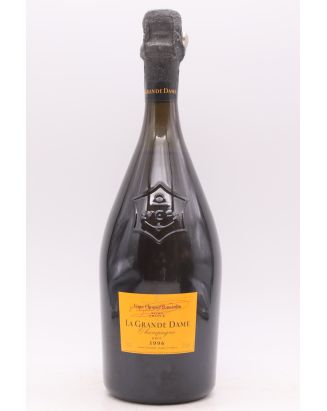




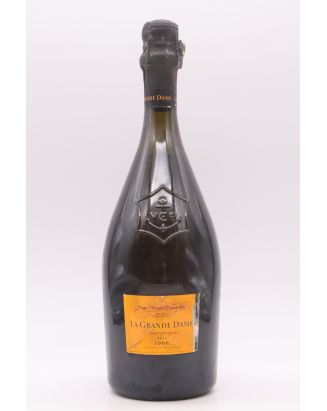
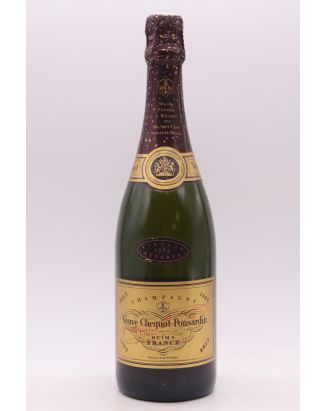




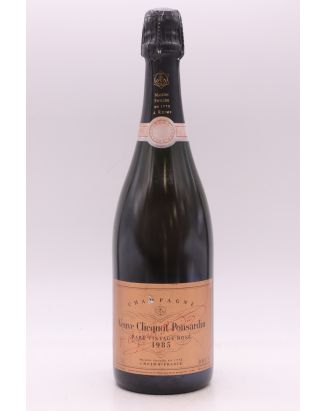

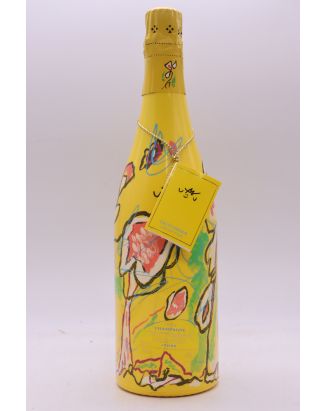













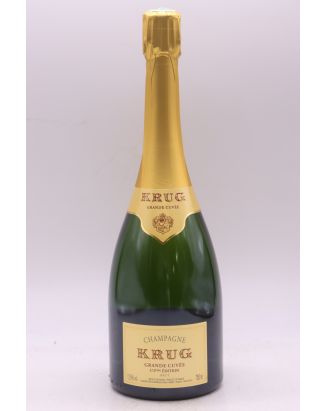
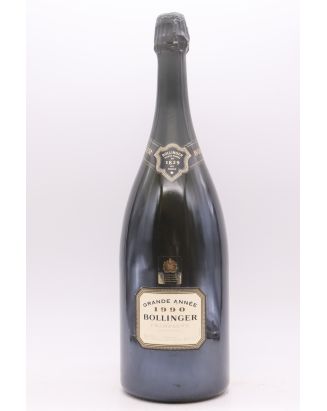





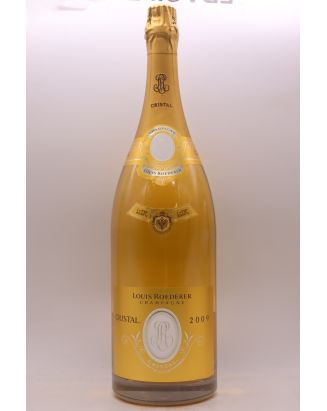
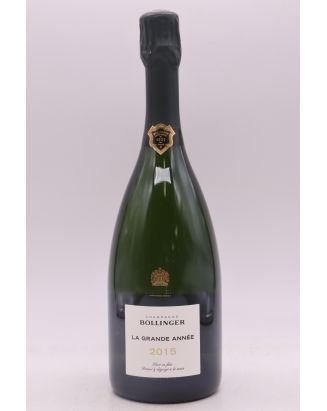
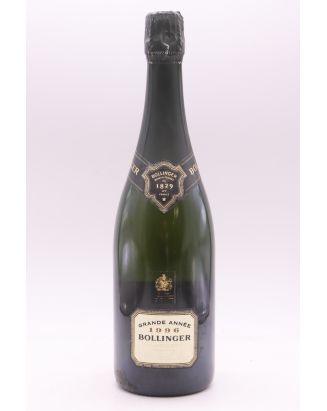



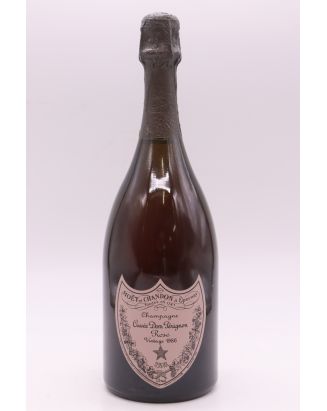


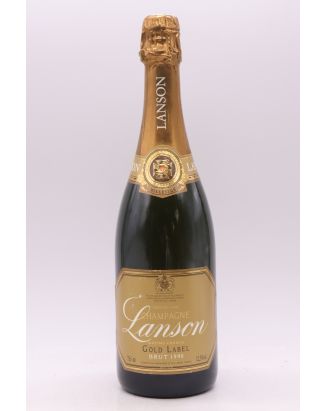



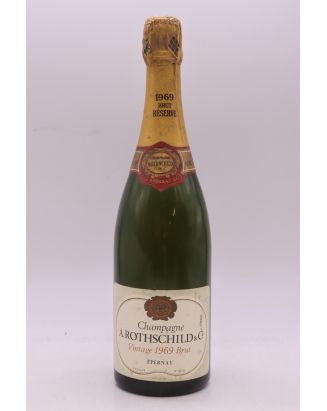

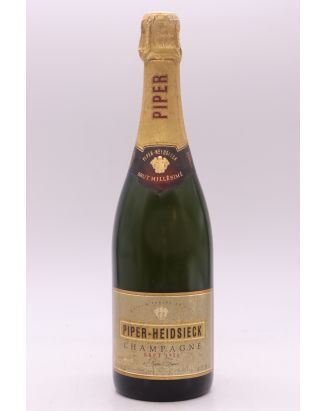


Produced from the main grape varieties Chardonnay, Pinot Noir, and Pinot Meunier, Champagne can sometimes be a Blanc de Blancs (a white wine made from white grapes only, for example, 100% Chardonnay resulting in an elegant and mineral Champagne) or Blanc de Noirs (a white wine made from black grapes only, for example, 100% Pinot Noir, resulting in a more fruity, full-bodied, and vinous Champagne).
Champagne is crafted using a technique called Traditional Method (or Champagne Method), involving the production of a still base wine followed by a second fermentation in the bottle through the addition of a liqueur de tirage, creating the characteristic natural bubbles of Champagne. The bottles then undergo aging on lees, contributing to the complexity and richness of aromas. Finally, after disgorgement, the addition of a dosage liqueur adjusts the sweetness level of the Champagne, ranging from brut (dry) to doux (sweet). Here is the ranking of Champagne sweetness levels from least to most in grams of sugar per liter:
Non-dosé or Brut Nature: No dosage added.
Extra Brut: Even drier than Brut, less than 3g/L.
Brut: Minimal residual sugar, between 4g/L and 12g/L.
Extra Dry: Very slightly sweet, between 12 and 17g/L.
Sec: Slightly sweet, between 17 and 32g/L.
Demi-Sec: Sweet, between 32 and 50g/L.
Doux: Very sweet, and rarely produced nowadays, over 50g/L.
If the Champagne is a vintage Champagne, the production method is even more stringent.
Great Champagne Houses have a rich and often century-old history, shaped by visionary families and traditions passed down through generations. These iconic houses have played a key role in shaping Champagne as a prestigious beverage. Their stories are often intertwined with major historical moments, from royal celebrations to global events.
Champagne Terroir : The Champagne terroir, located in northeastern France, is essential to Champagne production. Characterized by limestone soils, ideal for the cultivation of specific Champagne grape varieties such as Chardonnay, Pinot Noir, and Pinot Meunier, the region's temperate climate and unique geological conditions contribute to the finesse and complexity of the grapes, giving Champagne their distinctive character.
Among the greatest Champagne houses, names like Moët & Chandon, Veuve Clicquot, Dom Pérignon, Krug, Bollinger, Laurent-Perrier, and others have gained worldwide renown. These houses are often synonymous with exceptional quality and are recognized for their iconic cuvées. They have significantly contributed to the rise of Champagne on the international stage, offering a diverse range of styles and flavors to satisfy discerning palates.
Vintage Champagnes are crafted from grapes harvested in an exceptional year. Unlike non-vintage cuvées, often blends of wines from different years to maintain a consistent style, vintage Champagnes highlight the specific characteristics of a particular harvest. They are produced only in years when weather conditions have been exceptional, allowing the grapes to reach optimal maturity. Here are their characteristics :
Terroir Expression: Vintage Champagnes capture the essence of the terroir of the harvest year, reflecting climatic conditions, grape quality, and soil specificity.
Aging: These Champagnes often have superior aging potential due to the exceptional quality of the harvest. They can evolve complexly over time, developing deeper aromas and a richer texture.
Selective Blending: Champagne houses conduct meticulous blending to create vintage cuvées, selecting the best lots of still wines from the specific harvest.
Unique Character: Each vintage has its own characteristics, and vintage Champagnes allow enthusiasts to taste the uniqueness of each exceptional year.
Champagne has produced outstanding vintages over the decades, each offering unique characteristics and remarkable qualities. Here are some of the most exceptional Champagne vintages:
20th Century Champagne Vintages:
Other notable vintages include 1929, 1955, 1990, and 1996.
21st Century Champagne Vintages:
Other notable vintages include 2004 and 2005.
It's important to note that each vintage can have its own peculiarities based on climatic conditions and winemaking practices.
Champagne Blanc de Blancs is a category of Champagne made exclusively from white grapes, primarily the Chardonnay grape. Unlike more common Champagnes, which are often blends of several grape varieties (Chardonnay, Pinot Noir, Pinot Meunier), Blanc de Blancs offers a unique expression with its fresh, mineral, and elegant character. Here are the characteristics of Champagne Blanc de Blancs:
Chardonnay Grape: Chardonnay is the only grape used to produce Champagne Blanc de Blancs. This white grape brings delicate aromas of white fruits, lively acidity, and aromatic finesse.
Fresh and Mineral Style: Blanc de Blancs is often appreciated for its fresh and mineral style. Specific terroirs, such as the Côte des Blancs, are renowned for producing wines that highlight the purity of Chardonnay.
Aromas and Flavors: Common aromas include lemon, green apple, white flowers, and chalky minerality. The aromatic profile can vary based on terroir and winemaking style.
Elegance and Finesse: Blanc de Blancs is valued for its elegance and finesse. The delicacy of Chardonnay, combined with the traditional Champagne production method, creates sophisticated sparkling wines.
Aging Potential: Some high-quality Blanc de Blancs have excellent aging potential. Over time, they can develop more complex aromas while retaining refreshing acidity.
Preferred Terroirs: The main regions producing Blanc de Blancs are the Côte des Blancs and the Côte de Sézanne. These terroirs are characterized by limestone soils, ideal for Chardonnay, and offer favorable conditions for producing elegant wines.
Food Pairings: Champagne Blanc de Blancs pairs well with delicate dishes such as seafood, oysters, fish, as well as lighter dishes like salads and fresh cheeses.
Examples of Renowned Houses/Producers:
Champagne Blanc de Blancs is appreciated by Champagne enthusiasts and wine connoisseurs alike for its purity, elegance, and unique expression of the Chardonnay grape.
Champagne Blanc de Noirs is a category of Champagne made exclusively from black grapes, primarily the Pinot Noir grape, although sometimes Pinot Meunier may also be used. Unlike Champagne Blanc de Blancs, which is made from white grapes, Blanc de Noirs offers a fuller-bodied character and richer aromas. Here are the characteristics:
Pinot Noir and Pinot Meunier Grapes: Pinot Noir is usually the dominant grape in Blanc de Noirs, but some cuvées may also include Pinot Meunier. These red grapes bring structure, depth of flavor, and complexity to the Champagne.
Intense Aromas: Blanc de Noirs is known for its rich and intense aromas. Notes of red fruits such as cherry and strawberry can be present, along with spicy nuances and sometimes deeper aromas of cooked fruits.
Body and Structure: Due to the use of black grapes, Blanc de Noirs generally has a more substantial body and a robust structure compared to Blanc de Blancs. Tannins, although light, may be perceptible.
Versatile Style: Blanc de Noirs can be crafted in different styles, from dry to sweet, offering a variety of options for Champagne enthusiasts.
Aging Potential: Some high-quality Blanc de Noirs can age exceptionally well. With aging, they often develop more complex aromas while maintaining a beautiful freshness.
Preferred Terroirs: Regions in Champagne where Pinot Noir thrives, such as Montagne de Reims, Côte des Bars, and Vallée de la Marne, are often favored terroirs for Blanc de Noirs production. Limestone soils and ideal exposures contribute to grape quality.
Food Pairings: Blanc de Noirs pairs well with richer dishes and white meats. They can also complement bolder dishes such as roasted duck, grilled meats, and hard cheeses.
Examples of Renowned Houses:
Champagne Blanc de Noirs provides an intriguing alternative for Champagne enthusiasts, offering distinct flavor depth and complexity through the use of black grapes.
Find other great Champagne Houses such as Billecart Salmon, Drappier, Ayala, Bollinger, Charles Heidsieck, Deutz, Dom Perignon, Ruinart, Krug, Salon, Veuve Clicquot, Taittinger, Louis Roederer… Vins & Millesimes offers you the opportunity to buy the best bottles and magnums of wines. All our wines are in stock and fast delivered ! Do not hesitate to discover the breadth of our range of Champagne, sweet wines, Terroir Champagne, vintage Champagne, and Champagne winemakers available for purchase now !